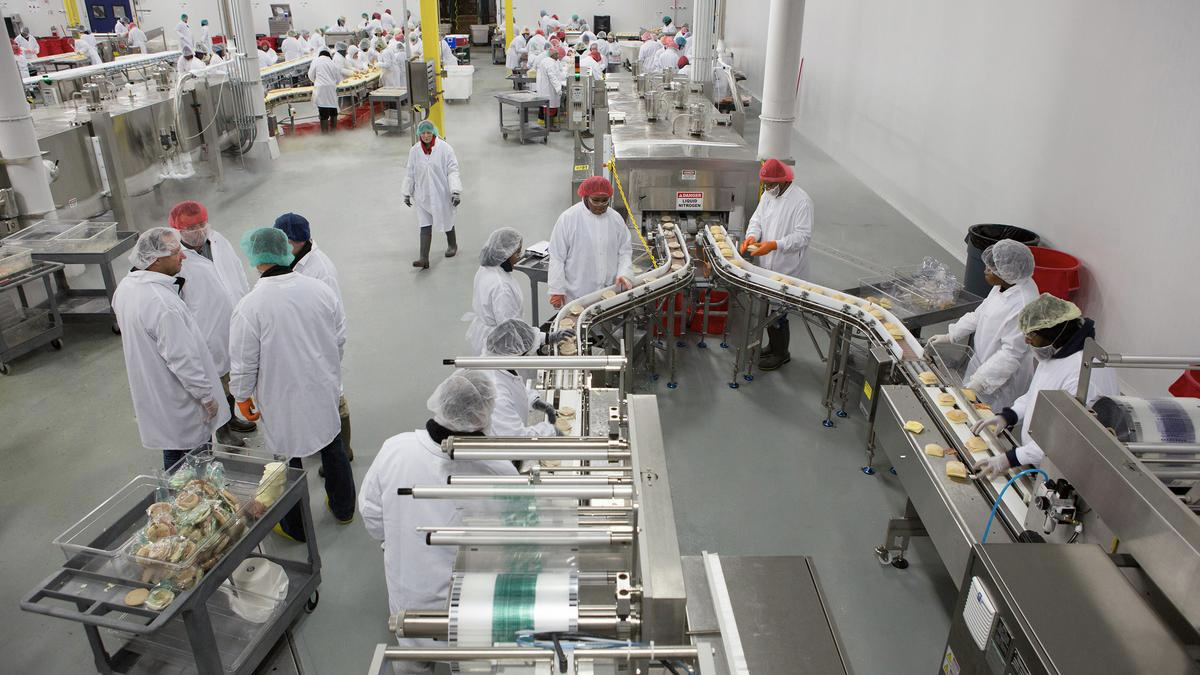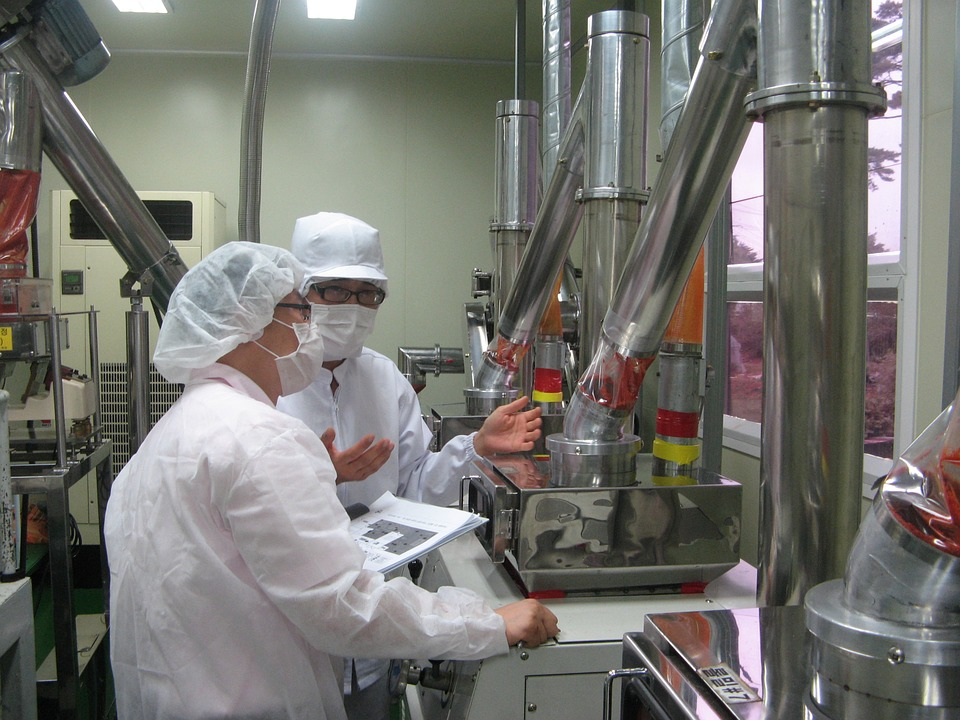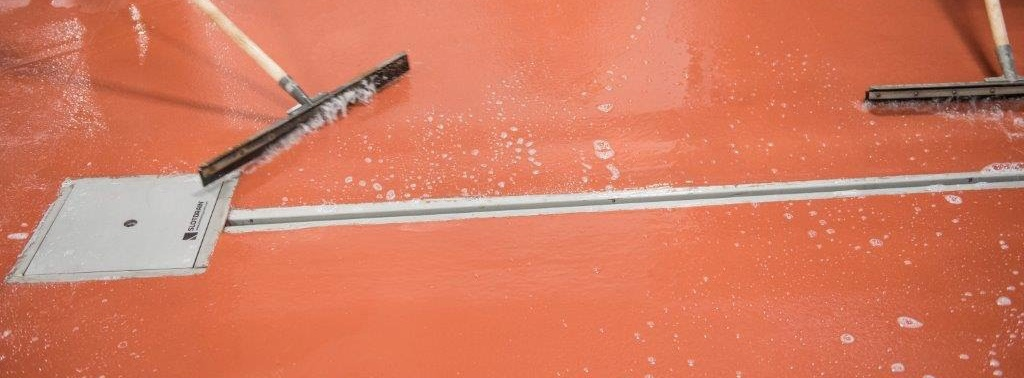
Running a food manufacturing plant takes a lot of time. With so many steps, the process can seem incredibly slow, tedious, and time-consuming.
But, to remain a reputable processing facility, there are specific rules, regulations, and requirements that you are expected to follow. Because of these rules and requirements, it means you cannot cut corners or skip any steps in the entire manufacturing process.
However, that does not mean there aren't things that you can do to help speed up the food manufacturing process. Here are three easy hacks to implement for a faster, more efficient manufacturing process.
More Speed Without Sacrificing Quality
While all managers want to speed up their manufacturing, there is the notion that speed means sacrificing quality. However, that does not have to be the case. By incorporating certain things into your facility, you will be surprised at how easy it is to speed up your overall manufacturing process–without sacrificing quality.
1. Take the Time for Proper Employee Training

The first (and probably easiest) hack you can implement is to ensure that all of your employees have the proper training.
Proper training is essential to any business or facility, as it helps to ensure everyone knows the correct process well. The more familiar employees are with the manufacturing process, the less they will have to question the steps, and the faster they can move.
Even if many of the steps are automated, employees must be well educated, just in case of automation failure. That way, the business can continue as well as possible without the automated equipment.
Employees should also receive cross-training in the manufacturing process. That is so that if they ever find themselves in a situation where they are doing someone else's job for one reason or another, they will know what to do.
By taking the time to ensure employees are well trained and cross-trained, you will be able to speed up your overall manufacturing process significantly.
2. Install a Slot Drain Drainage System

Slot Drain is a unique form of grate-free trench drain that, first and foremost, comes in an FDA and USDA-approved, food-grade stainless steel design. This means that it features a nonporous drain channel that is both bacteria- and corrosion-resistant. Furthermore, the design also makes it capable of handling extreme temperatures, which makes it suitable for use in both hot and cold areas of a food manufacturing facility.
Another unique feature of Slot Drain is that it comes pre-sloped. This means that rather than accumulating in the drain channel, any fluid waste will automatically flow to a collection chamber or sewage area.
Slot Drain also has a Class F Load rating, making it one of the most durable drainage systems on the market.
Beyond that, it is incredibly easy to clean and maintain. With Slot Drain, there is also the option of installing self-cleaning and flushing systems that take the guesswork out of cleaning the drain.
All of this helps to make Slot Drain a clean, sanitary, and aesthetically pleasing drainage system that can drastically cut down on cleaning time. Which, therefore, means reduced time for the manufacturing process.
3. Incorporate Automation Where Possible

While there are benefits to having employees perform tasks by hand, it also can take more time. To maximize efficiency in the manufacturing process, consider incorporating automation.
Automation makes it possible for robotic machinery to handle specific manufacturing steps. There are automation robots that can help with a wide range of tasks in the process: butchery, sorting, preparing, and packaging are just a few categories open to automation.
Each of these steps can take a lot of time for the average human to complete correctly. However, automation equipment will cut down on that time drastically, and allow workers to focus on other areas of the manufacturing process where automation is not always ideal.
The problem is that investing in automation equipment can be a costly venture. But, when you are trying to speed up the food manufacturing process and use time more efficiently, it is worth considering.
Not only can automation speed up your manufacturing process, but it can also help to eliminate the potential for error. These robots are specially designed to handle these specific tasks and are incredibly intelligent, so the likelihood of there being an error in the process is virtually nonexistent.
Efficiency is Key to Maintaining a High Functioning Food Processing Plant
The food manufacturing process is long and time-consuming. Skipping steps or rushing through the process is not a very good option, and can lead to severe consequences. But, again, that does not mean you can’t do things to help make the whole process go faster. By taking the time to implement the hacks listed above, you should see a drastic improvement in the speed it takes your facility runs through the whole process. Best of all, by using these hacks, you can get the manufacturing speed you desire, without sacrificing any of your product quality or commitment to your customers.


